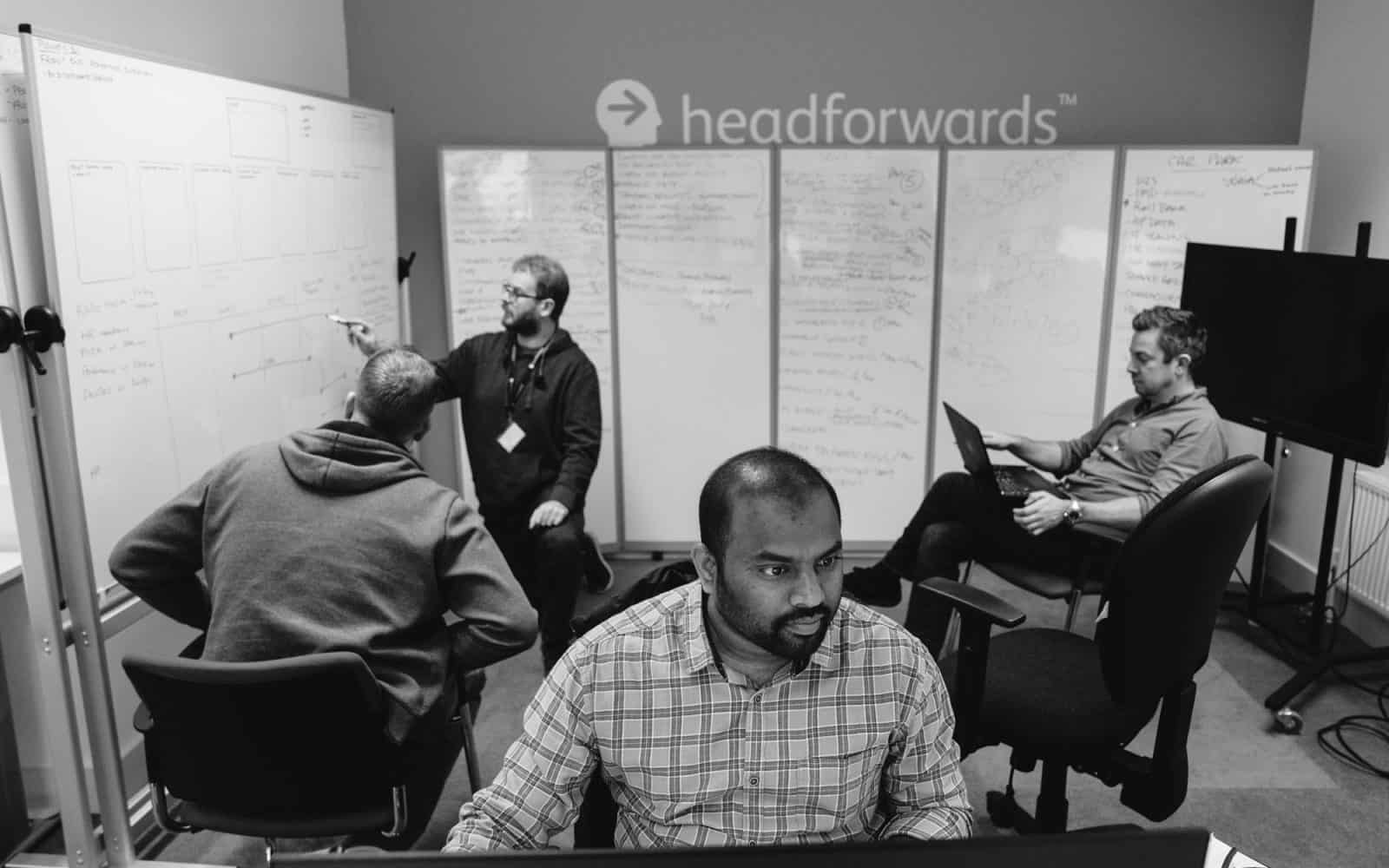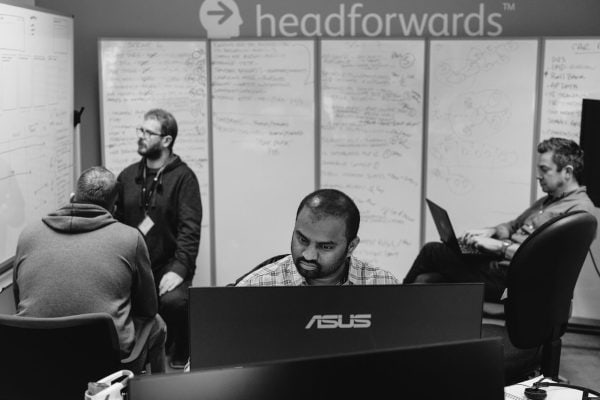How to reinvent a business process in 24 hours
Hackathons. Jams. ‘Ship-It’ and ‘FedEx’ days. These 24-hour ideas-generation and development sprints are run under many different names, but they all have the same goal: to come up with a novel solution to a challenge the business is facing. That can be anything from the smallest quality of life improvements for employees, right up to entirely new product or service concepts.
One of my clients, an insurance company, has held many of these over the years, and I’ve seen the value this experimental approach has for finding new ideas and overcoming old obstacles first hand.
A proof of concept in a day
The client in question receives a lot of letters, forms, claims and other documents through the post every day – both typed and handwritten. They’re all opened and sorted by hand, with workers scanning and uploading each document for manual classification. And for a document such as a claims form, that’s all before it’s even assessed for approval. As you can imagine, this is a hugely time-consuming task.
Most businesses have a process that looks a lot like this. Something that takes hours of repetitive work, but could be much simpler. In larger businesses, there can be loads of these manual processes, taking up resources that could be spent better almost anywhere else.
When the client announced a Ship-It day was coming – named for its focus on getting a proof of concept ‘ready to ship’ in one day – I knew that this challenge was the one I wanted to focus on. I spent my 24 hours using TensorFlow, an open-source machine learning platform, to create a neural network that could classify documents automatically. It was based on a simple idea: that different document types have recognisable characteristics that a machine can use to identify them, without needing to see individual pieces of information. For example, all claims forms might use a specific layout that includes an account number and a list of other personal details.
The proof of concept I produced could classify 10 different types of documents with a high degree of initial accuracy – a percentage that would only grow as the system processed and learned from more documents. I then built a website where users submit a scanned document for the neural network to classify.
Expanding on the concept
I was aiming to create a simple, elegant fix for an inefficient process. My idea won that year’s challenge, and I presented the solution to leadership with some extra ideas for where the project could go next.
It could be incorporated into an app. Optical character recognition could provide the next stage in reading and analysing the document. Added automation could give customers an app where they simply take a photo of their claim with their phone camera, submit it, and get approved within seconds. With the right application, this simple project could free up workers to focus on more complex tasks, improving efficiency, job satisfaction, and customer experiences all in one go.
My client holds these 24-hour challenges frequently, and I’ve participated in more of them over the past few years, using the constraints as an opportunity to explore ways to make users’ lives easier and solve business problems.
Cultures of experimentation
You may associate these kinds of rapid-fire challenges with super-agile startups and the major tech companies, but there’s real value to playing around with what technology can do, whatever your size and focus.
For some organisations, this community-driven approach, which often lacks structure beyond the time constraint, will rely on changing the way they view experimenting and reinventing. Many businesses follow that classic ‘if it ain’t broke…’ line of thinking. If a process is in place and it works, there’s no point in changing it, even if it’s inefficient or overly complicated.
But that means they can be missing out on ways to make those processes faster, more profitable, or more rewarding for their employees. The beauty of a challenge like a Ship-It day is that it opens up clever, workable solutions that you might never have found otherwise.
I’m very fortunate to work with a client that embraces an experimental, bottom-up approach to problem solving – and it’s time more companies followed that lead.
Your people have ideas – hear them out
My proof of concept came from a very simple starting place: I hate boring, repetitive tasks. And I knew that was a sentiment shared by workers the world over. All I needed was an opportunity to turn that everyday frustration into a potential solution.
Give your people that opportunity – even if they’re not coders or software developers – and the results might pleasantly surprise you. The people within an organisation know the challenges and individual quirks of the business better than anyone, which makes them better placed than anyone else to think up a solution.
And if you find a great idea, but don’t have the skills or capacity in house to make it a reality, you can always talk to us.




